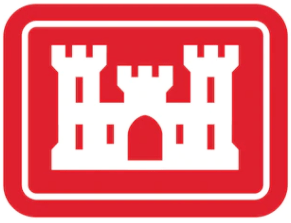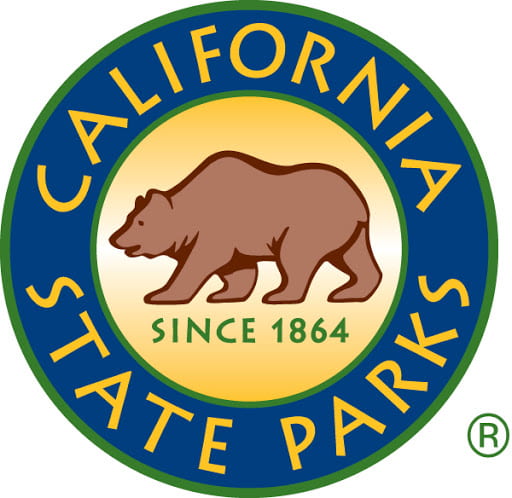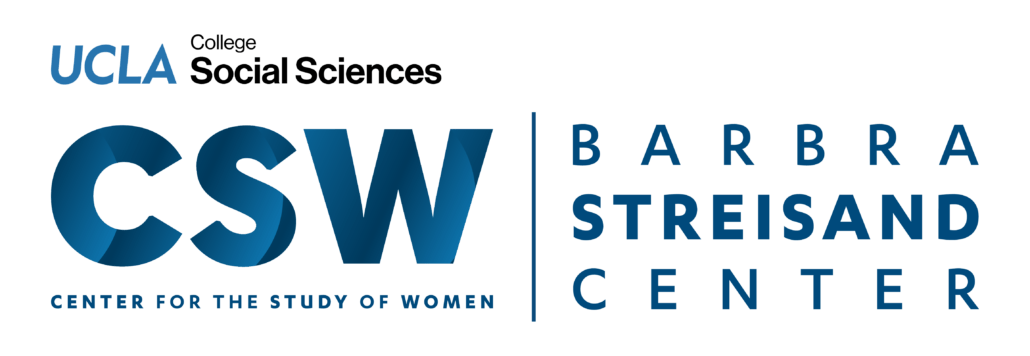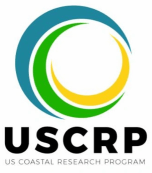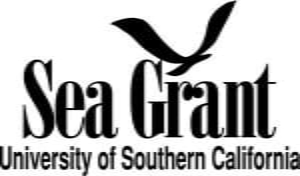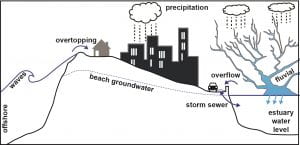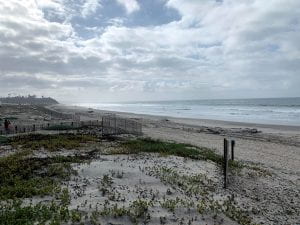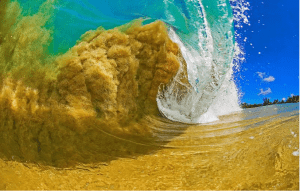Research Projects
Compound Flooding
(Credit: Gallien et al., 2018)
Compound (marine and hydrologic) and multi-pathway (e.g., precipitation-surge, overtopping–overflow, surface–sewer flow processes) flooding may simultaneously amplify coastal hazards and vulnerability. Community adaptation plans, such as fortifying sea walls to mitigate future sea level rise flooding may exacerbate pluvial and wave overtopping flooding. Our lab works on developing an integrated framework which considers compound and multi-pathway flooding processes (see figure above). Our research seeks to develop a conceptual site assessment and hydrodynamic modeling methodology that quantifies hydrologic (precipitation, pluvial, fluvial) and marine (high water levels, waves) flooding magnitudes and considers how compound flood risk evolves with infrastructure and intervention in vulnerable communities.
Uncertainty
Accurate backshore flood prediction requires quantifying wave runup and overtopping volumes along the open coast. Nearshore bathymetry and beach topography present significant sources of uncertainty in developing overtopping estimates and subsequent backshore flood propagation. Fine scale hydraulic features (e.g. sea walls) are often unrepresented, low foreshore measurements are challenging and beach topography may change over hours through wave impacts or human manipulation (such as artificial dune building) which may significantly impact overtopping volumes. Characterizing topographic uncertainty is fundamental to developing accurate overtopping estimates.
Random wave phasing also presents significant uncertainty. Spectral wave models propagate energy and, although this can be transformed into a wave/water level realization, the result is non-unique. The sequence and timing in which waves arrive at the beach significantly impact the backshore vulnerability. Previous work has recommended approximately 1000 waves to converge mean overtopping rates. This implies for wave periods typical on the West Coast (8-20 s), 2.2 and 5.5 hours of simulation, respectively, are required to converge overtopping rates and assumes a constant still water level. Typically overtopping flooding events occur in the hour or so around high tide presenting two issues, water levels are fluctuating during the event and, the overtopping event may be shorter than the required time to converge overtopping.
Dunes & Living Shorelines
Many southern California communities rely on large beach nourishments such as building large beach berms, sand dyke type structures, for backshore protection. Our research aims to answer many pressing coastal management questions – What is the fate and transport of nourishment projects? Are there optimal beach and berm designs that mitigate backshore risk while minimizing habitat disturbance? What level of protection does active beach management provide the backshore? How will our beaches and flood risk evolve in a changing climate? (Credit: Pupols, 2016)
Swash Dynamics
The swash zone is where broken waves interact with the beach and is of tremendous scientific importance. In the swash zone, flow characteristics become extremely complicated given the multiple and nonlinear hydrodynamic, morphodynamic and surface-subsurface interactions. Wave runup, overtopping, backshore flooding, and beach erosion are hazards with direct links to swash zone physics. CFL explores the impact of wave characteristics on the mobile bed and considers the interactions between wave and local beach groundwater at short (i.e., seconds-hours) time scales. We seek to discover fundamental controls on wave overtopping and sediment mobilization via field work and numerical modelling.
(Credit: Yar Kim)
Where does our data come from?
CFL research projects require extensive field observations to investigate the questions we are curious about. Our lab collects extrememly detailed and high quality data at beaches through Southern California.
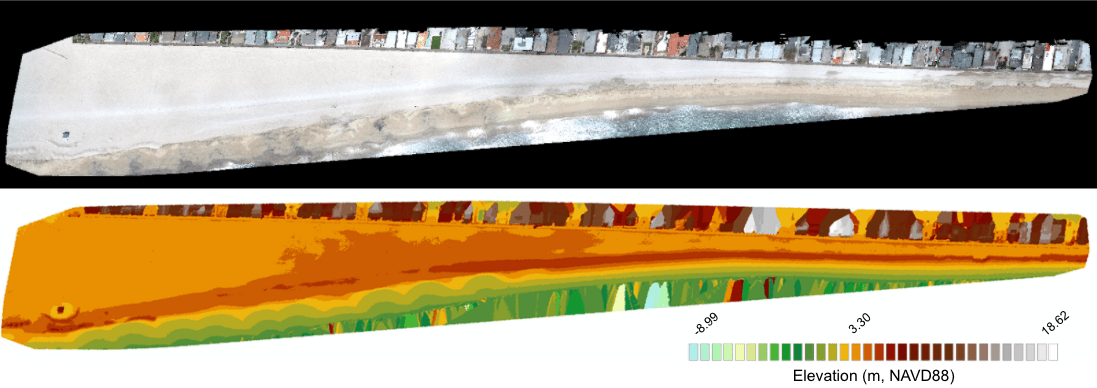
UAV-derived orthoimage (top) and digital elevation model (DEM, bottom) of Peninsula Beach, Long Beach, CA.
Funding Sources


